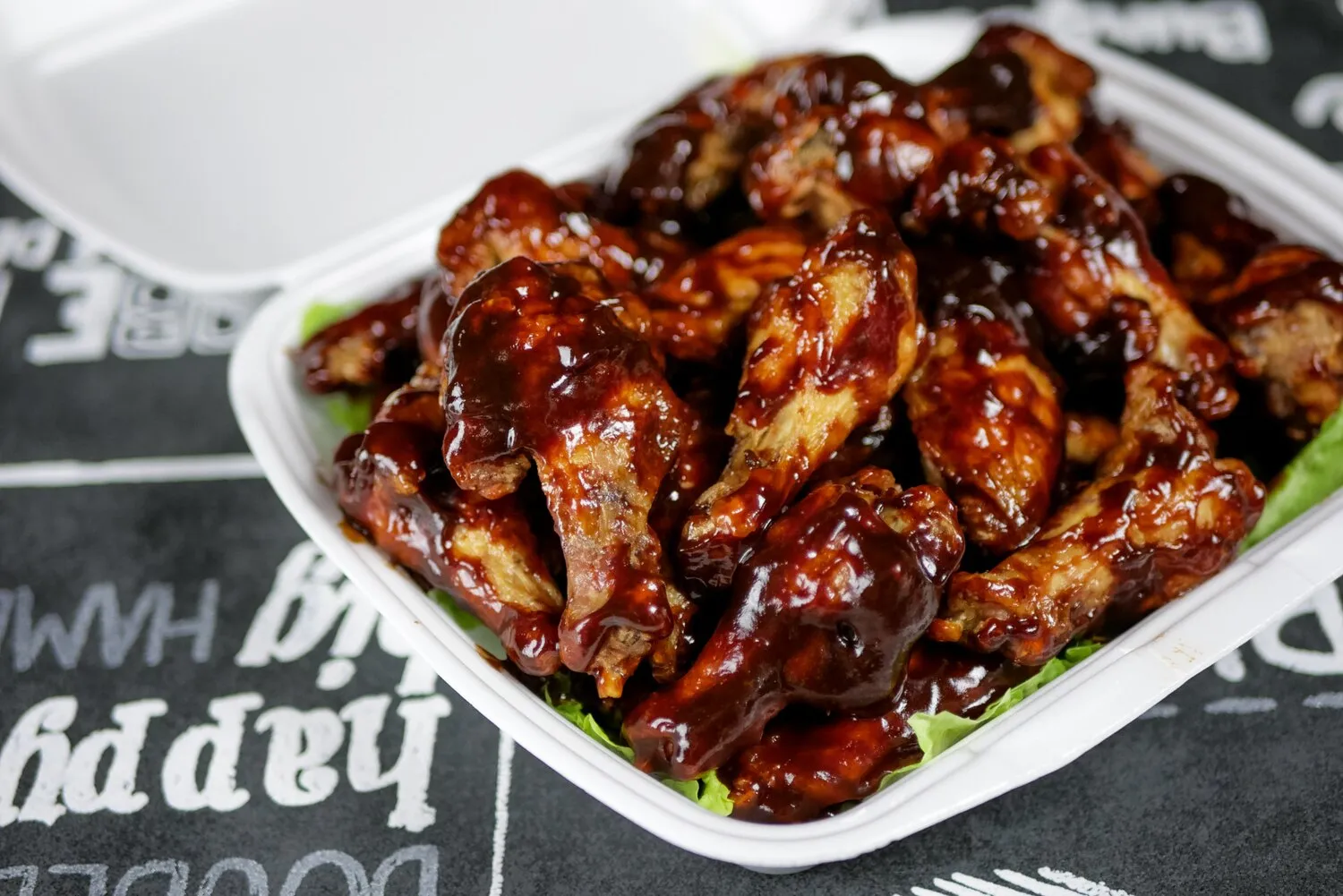
Porção de Pastel de Camarão
Shrimp Pastries - small, fried pastries filled with shrimp.
Nutrition Facts
* The % Daily Value (DV) tells you how much a nutrient in a serving of food contributes to a daily diet. 2,000 calories a day is used for general nutrition advice.
Restaurante Narval
Pastel's origins can be traced back to Chinese spring rolls brought to Brazil by Japanese immigrants in the early 20th century. Over time, the recipe was adapted to use local ingredients and flavors, transforming into the fried, filled pastry beloved in Brazil today. The shrimp filling reflects Brazil's extensive coastline and abundant seafood.
Pastel de Camarão is a quintessential Brazilian street food and a popular snack at fairs, markets, and botecos (Brazilian bars). It is often enjoyed with a cold beer or caldo de cana (sugarcane juice).
Street Food Staple
Pastel de Camarão is commonly found at street markets and fairs throughout Brazil, making it an easily accessible and affordable snack.
Boteco Favorite
It's a very common offering in botecos, small, casual bars, perfect for enjoying with friends over drinks.
Social Gathering Food
Pastel de Camarão is a popular choice for parties and gatherings, often served as part of a wider array of finger foods.
Salty, savory, and subtly sweet, with a satisfyingly crispy texture.
The dominant flavor is the savory taste of shrimp, often enhanced with garlic, onions, and herbs like parsley or cilantro. The frying process gives the pastry a characteristic crispy and slightly oily flavor. Depending on the recipe, there might be a touch of sweetness from the shrimp itself or other added ingredients. A squeeze of lime is frequently used to brighten the flavors.
Dough Consistency
The dough should be thin and elastic for a crispy texture. Store-bought pastel dough works well, or you can make your own from scratch.
Shrimp Quality
Use fresh, high-quality shrimp for the best flavor. Pre-cooked shrimp can be used, but fresh shrimp provides a superior taste.
Frying Temperature
Maintain a consistent oil temperature (around 350°F or 175°C) to ensure even cooking and a crispy exterior without burning. If the oil is not hot enough, the pastel will absorb too much oil and become soggy.
Filling Consistency
Avoid overfilling the pastel as it can burst during frying. Ensure the filling is not too watery, as it can also cause the dough to become soggy.
Explore additional Appetizers dishes and restaurants
Explore AppetizersDiscover top dining spots and culinary experiences in Penha.
Explore PenhaLearn more about the food culture, restaurant scene, and culinary heritage of Brazil.
Explore Brazil